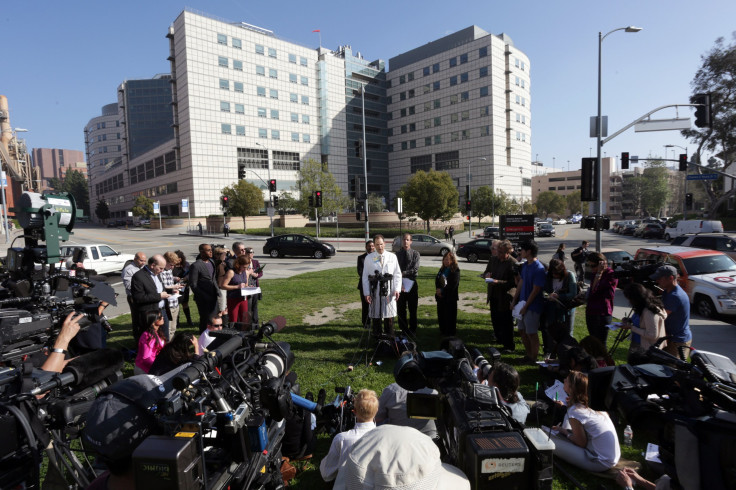Superbug Outbreak: Endoscope Manufacturer Sold Modified Device Without FDA Approval

A manufacturer of medical devices whose endoscopes were linked to an outbreak of a drug-resistant superbug at a hospital in Los Angeles last month never got the Food and Drug Administration’s approval before selling the instruments with modifications, an investigation by CNN has revealed. The federal agency requires manufacturers to seek permission to put new models on the market if the updated versions include “labeling changes, technology or performance specifications changes, and materials changes.”
The manufacturer, Olympus, began selling its updated endoscopes, which have small cameras on the ends and are used to examine the digestive systems of hospital patients, in 2010. The FDA was not aware of the change until late 2013 or early 2014, according to the CNN report.
The change Olympus made to its TJF-Q180V duodenoscope involved sealing up a part of the device known as the elevator channel. "The company clearly made these modifications to make the device safer, but it seems to be that it wasn't safer," Karen Riley of the FDA's Office of External Affairs told CNN.
Health officials in February identified seven patients at Ronald Reagan UCLA Medical Center in Los Angeles who had contracted a dangerous superbug known as carbapenem-resistant Enterobacteriaceae, or CRE, one of the most commonly transmitted hospital infections in the U.S. The nasty bug causes severe diarrhea and kills an estimated 29,000 people in the U.S. every year.
The outbreak was linked to Olympus’ endoscopes, whose modification made them more difficult to sanitize with typical cleaning methods. The device is used in about a half-million procedures every year. Since 2012, the FDA has found at least a half-dozen CRE outbreaks that began because of tainted endoscopes.
The Los Angeles medical center warned hundreds of other patients that they may have been exposed to the dangerous bacteria.
© Copyright IBTimes 2025. All rights reserved.






















